In 1952 – 1973 Ikarus 55 is a high-floor coach and the first rear-engine Ikarus bus by Hungarian bus maker Ikarus. Infinite human imagination has given it a variety of nicknames, honoring the bus with "Sputnik", "Cigar", "Rocket" and even "Vacuum Cleaner". While the bus was shown at international shows and even received awards at car dealerships in Geneva and Paris.
The legendary Ikarus 55
Buses of the first years of release were outwardly much more interesting than the later ones. Over time, their design was greatly simplified, which, honestly, is sad. The headlights of the early buses were hidden under the bumper, the side lights were just a plague teardrop-shaped, the moldings went without awkward “steps” behind the first side windows. Specially commissioned from the USSR, a third headlight appeared on the bus - the one above the windshield.
Intercity bus Ikarus 55
Ikarus 55 Lux rightfully earned the title of one of the most
beautiful buses that were produced in the USSR. Its incredible and
stylish body shape was loved by everyone - from drivers to pedestrians.
But,
as is usually the case, to these days such buses have survived in small
numbers. In Russia there are only two of them. One is in the Museum of
Passenger Transport in Moscow, and the second is in the museum of the
State Unitary Enterprise Passazhiravtotrans in St. Petersburg.
On the starboard side was a wide double door, another door was the driver.
Panoramic windows looked onto the roof. The headlights are unusually located, the dipped beam is centered in the bumper, the main beam headlights are under the bumper.
Panoramic windows looked onto the roof. The headlights are unusually located, the dipped beam is centered in the bumper, the main beam headlights are under the bumper.
Ikarus 55 1953
Such machines were not supplied to the USSR, their circulation was small, a year later the bus acquired a more familiar, simpler appearance, and during the production process the appearance was simplified several more times.
Ikarus 55 1954
A little bit about the technical specifications. The Csepel D-613 six-cylinder diesel engine developed 125 hp. It seems like a little for a car with its own weight of 9.5 tons, but there was enough torque. Later they began to install Csepel D-614, which was 20 hp more powerful.
On the version of "Lux" installed 170 - a powerful engine.
The transmission is mechanical five-speed, rear axle. Maximum speed (according to the passport) 98 km / h.
Power steering, high reliability braking system, dual-circuit, pneumatic.
Power steering, high reliability braking system, dual-circuit, pneumatic.
The bus is 11.4 meters long and 2.5 meters wide. This is the maximum permissible width for vehicles that drive on public roads. Everything that is wider is considered oversized and requires appropriate permits to exit on the road.
Despite this length, seats in the cabin were on average from 35 to 40. There was more than enough legroom than, in contrast to modern buses, where at times you can rest your knees against the back of the front seat.
The main buyer of Hungarian buses was the USSR, where Ikarus worked mainly on suburban routes. A characteristic feature of the "Soviet" modifications was the central headlight - a searchlight integrated into the front of the roof.
It is known for certain that the Union purchased 3762 Ikarus 55 buses, a third of which, in turn, were of the Lux version. The total circulation from 1953 to 1972 amounted to 7466 units. Very few of these machines have survived to this day, and not only here, where in the early 80s they were massively decommissioned and scrapped, but also in Eastern Europe.
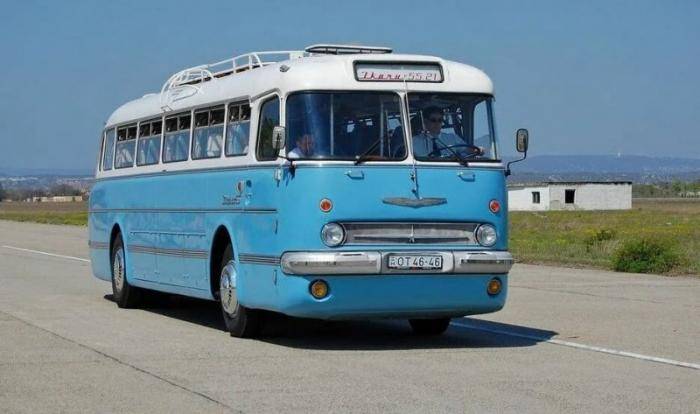
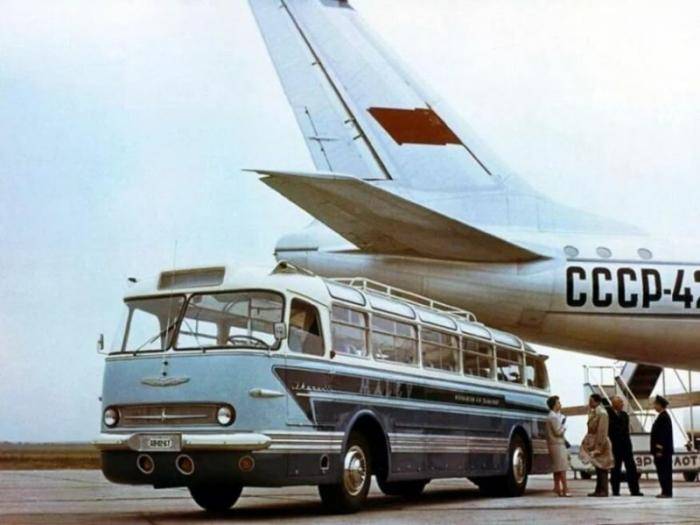

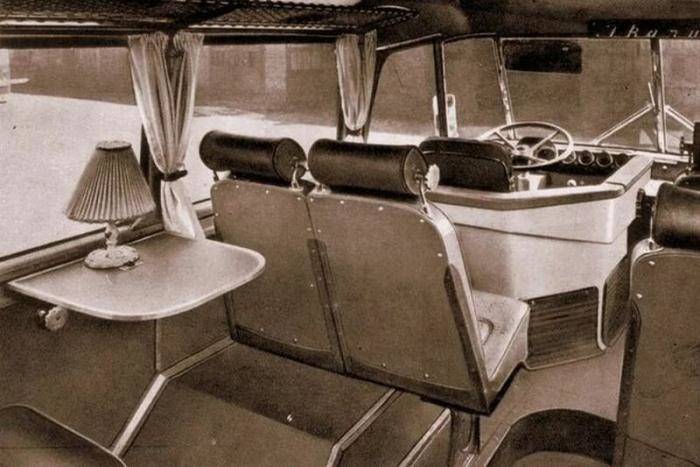




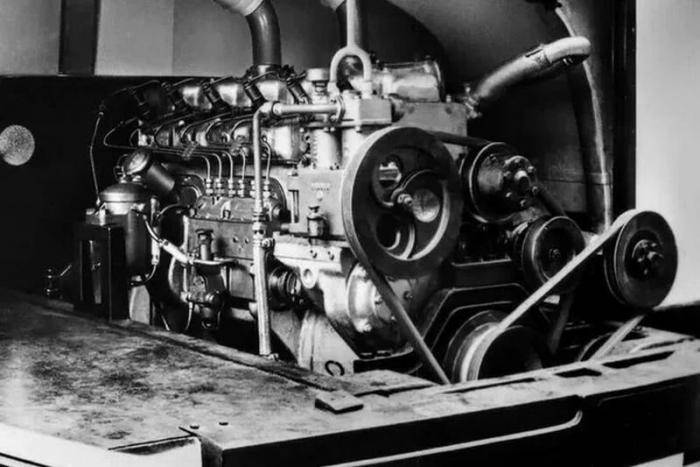

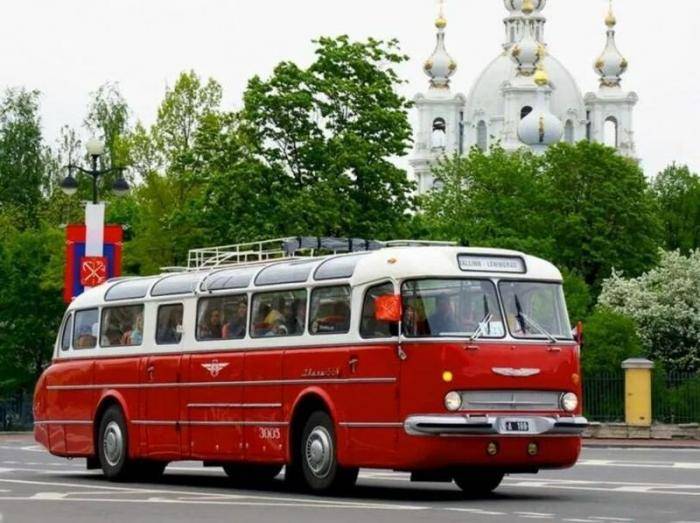
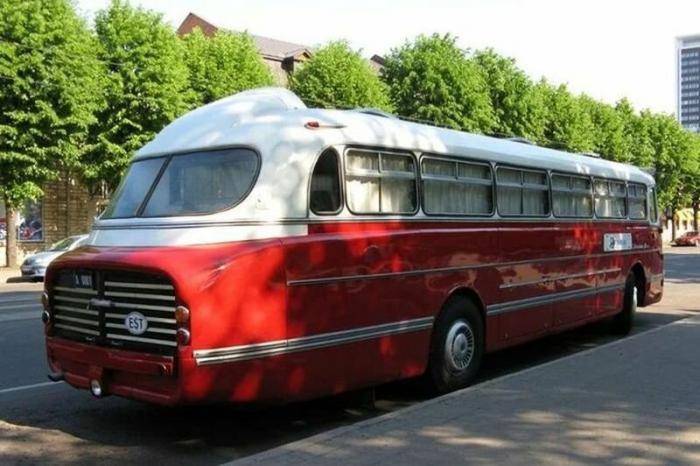
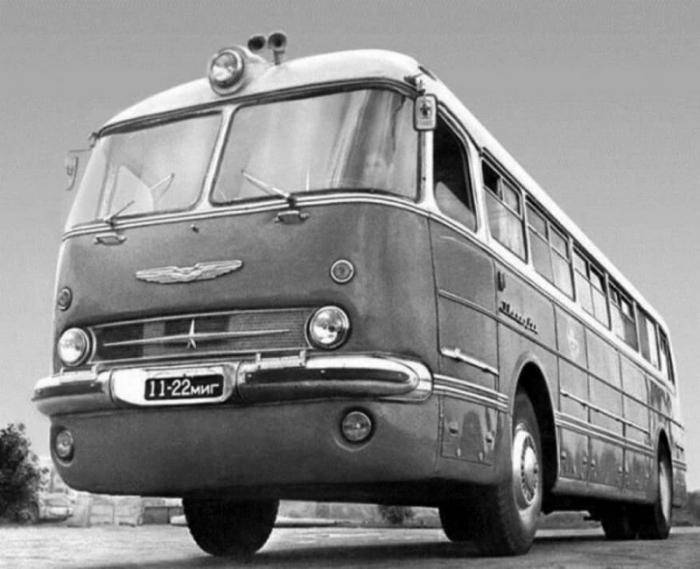
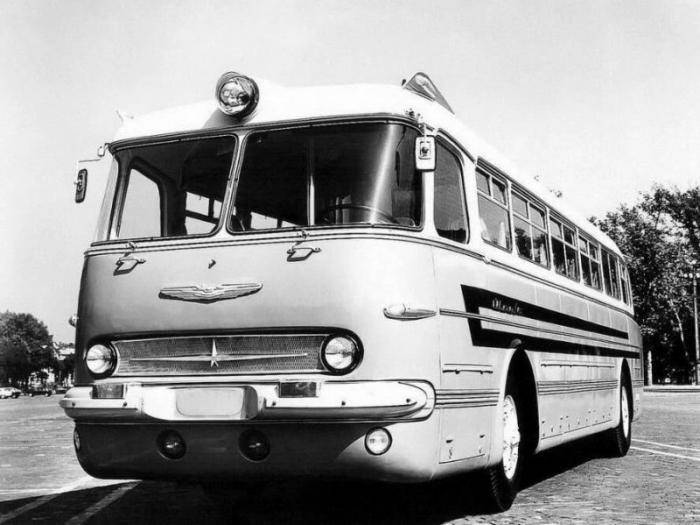

I think, Ikarus was not produced in the USSR, it is a product of Hungary.
ReplyDelete